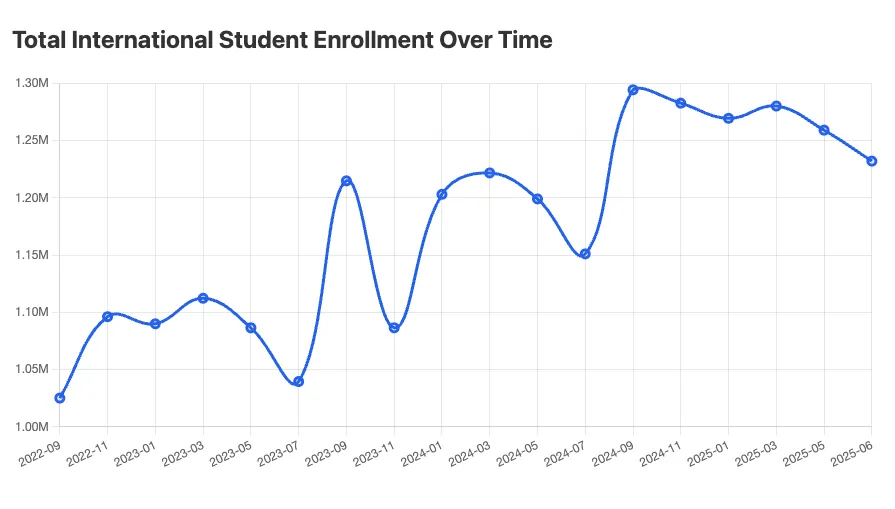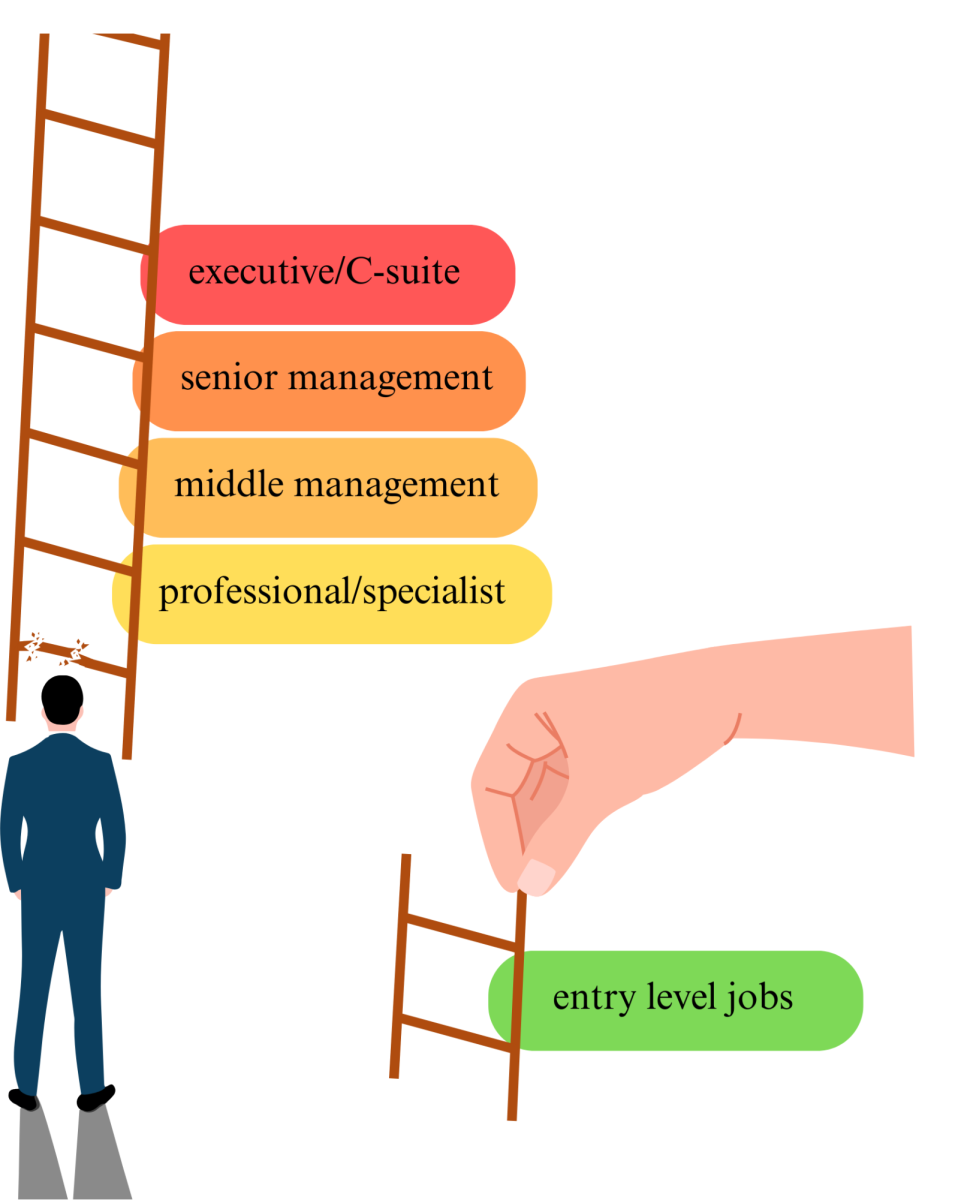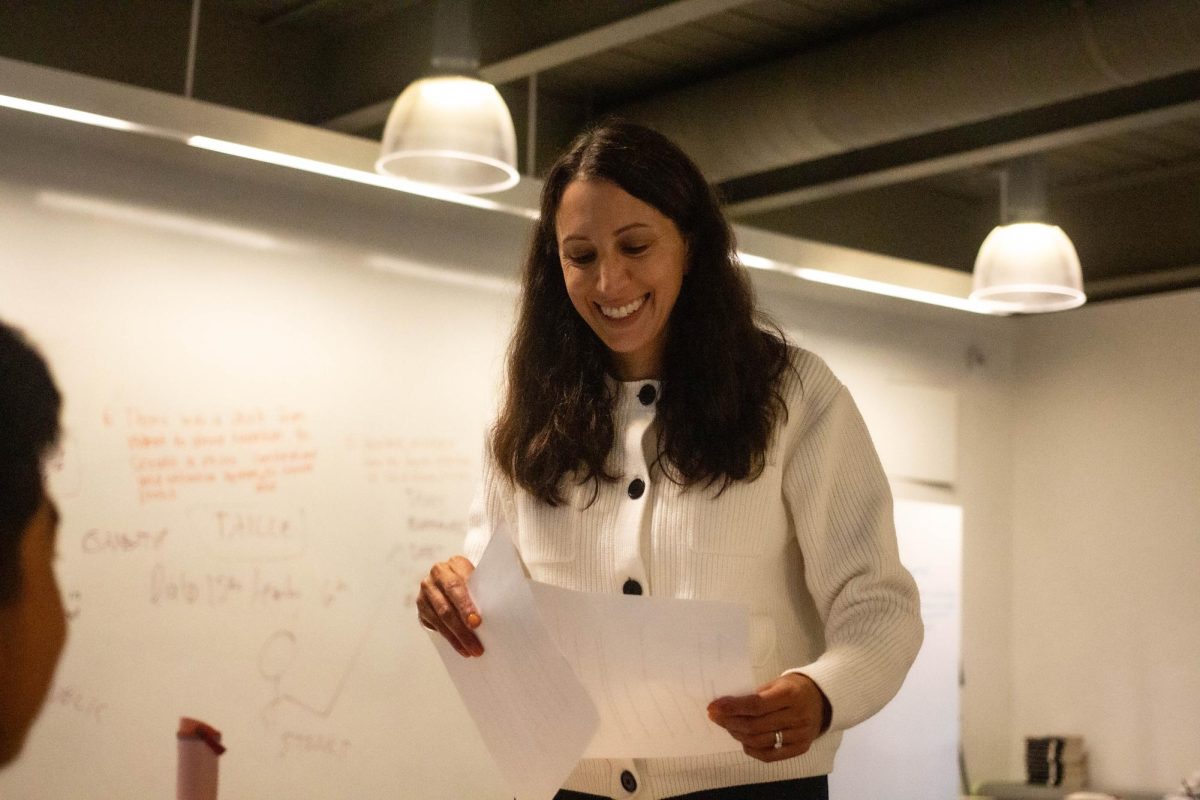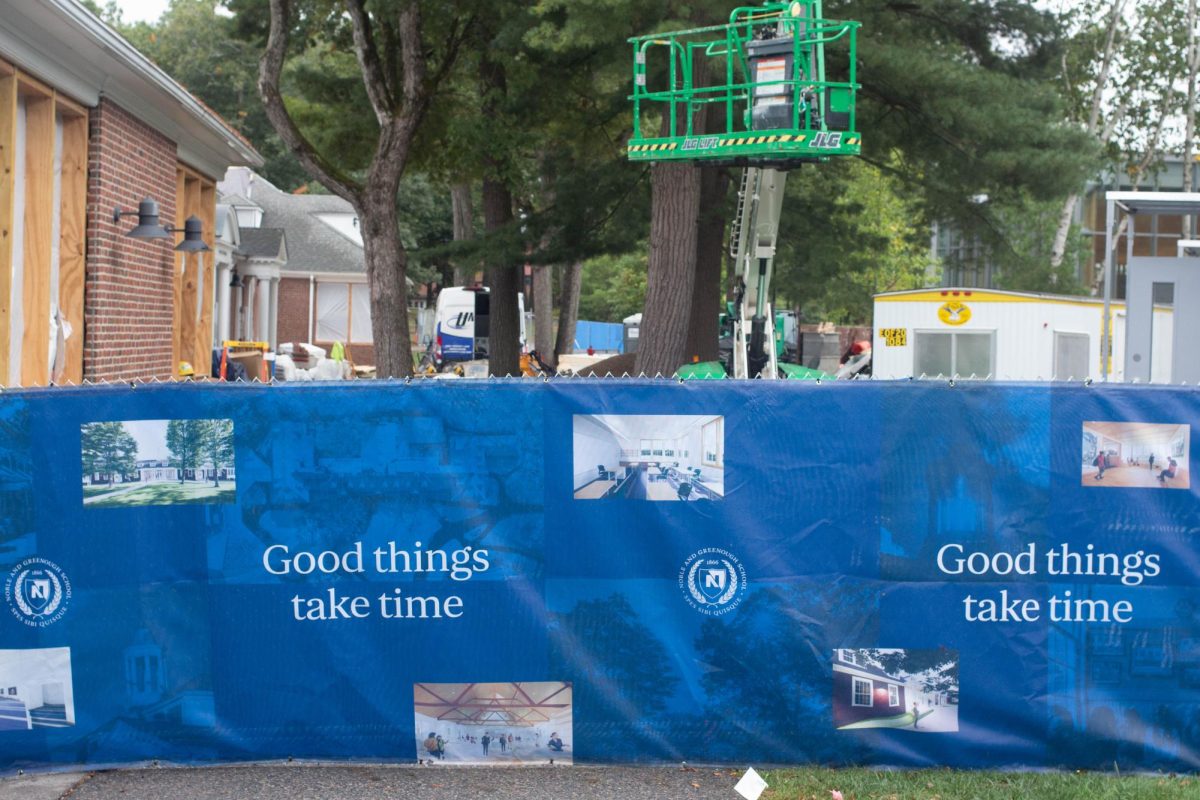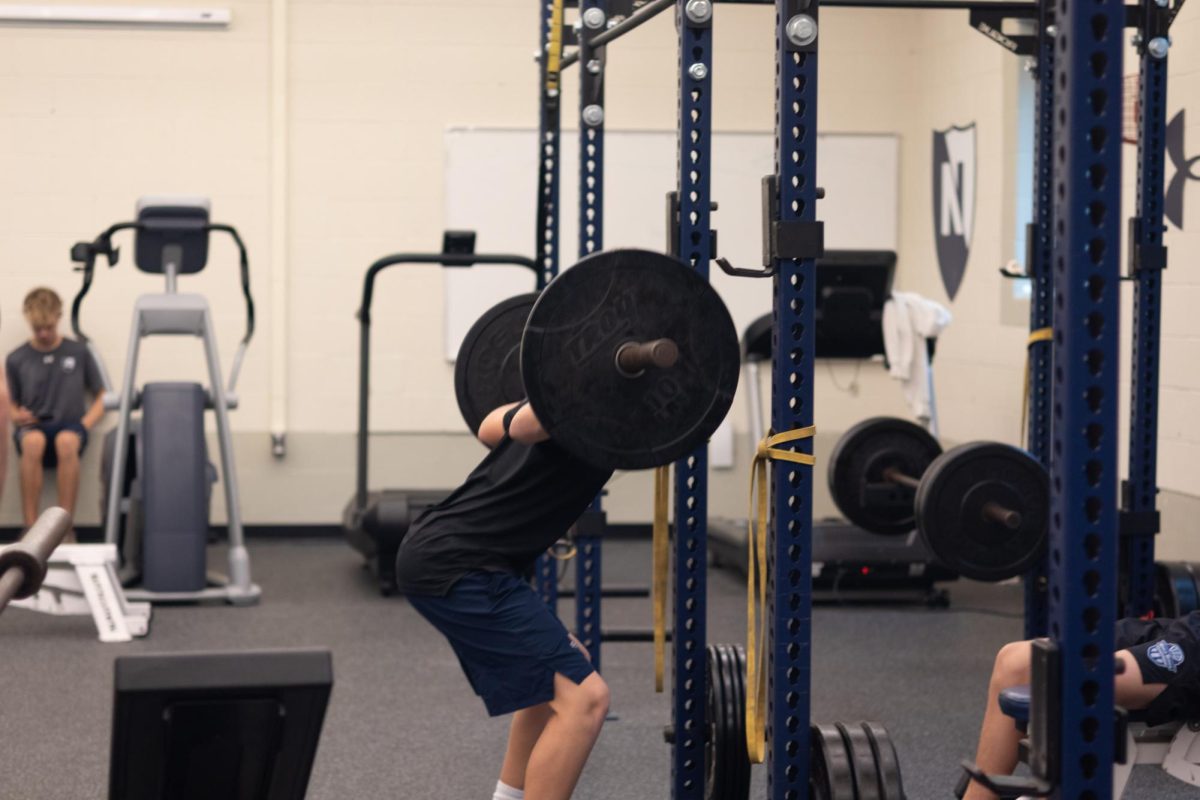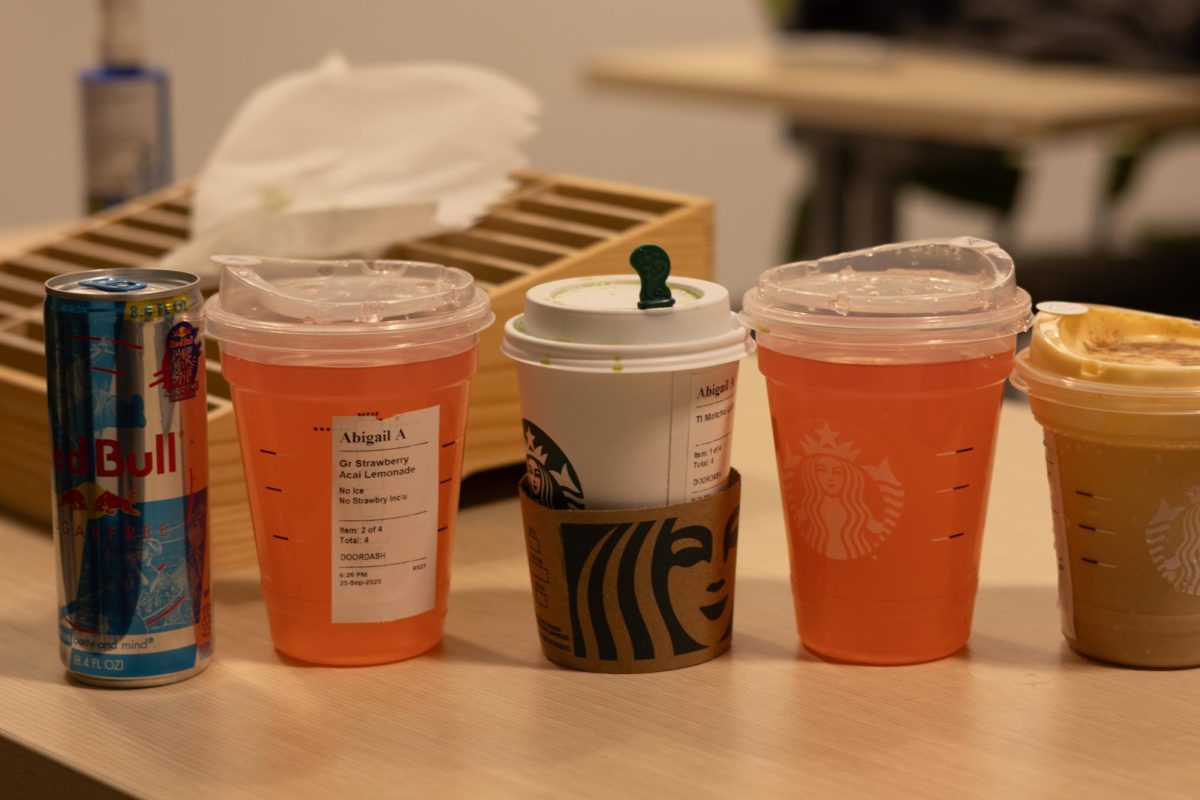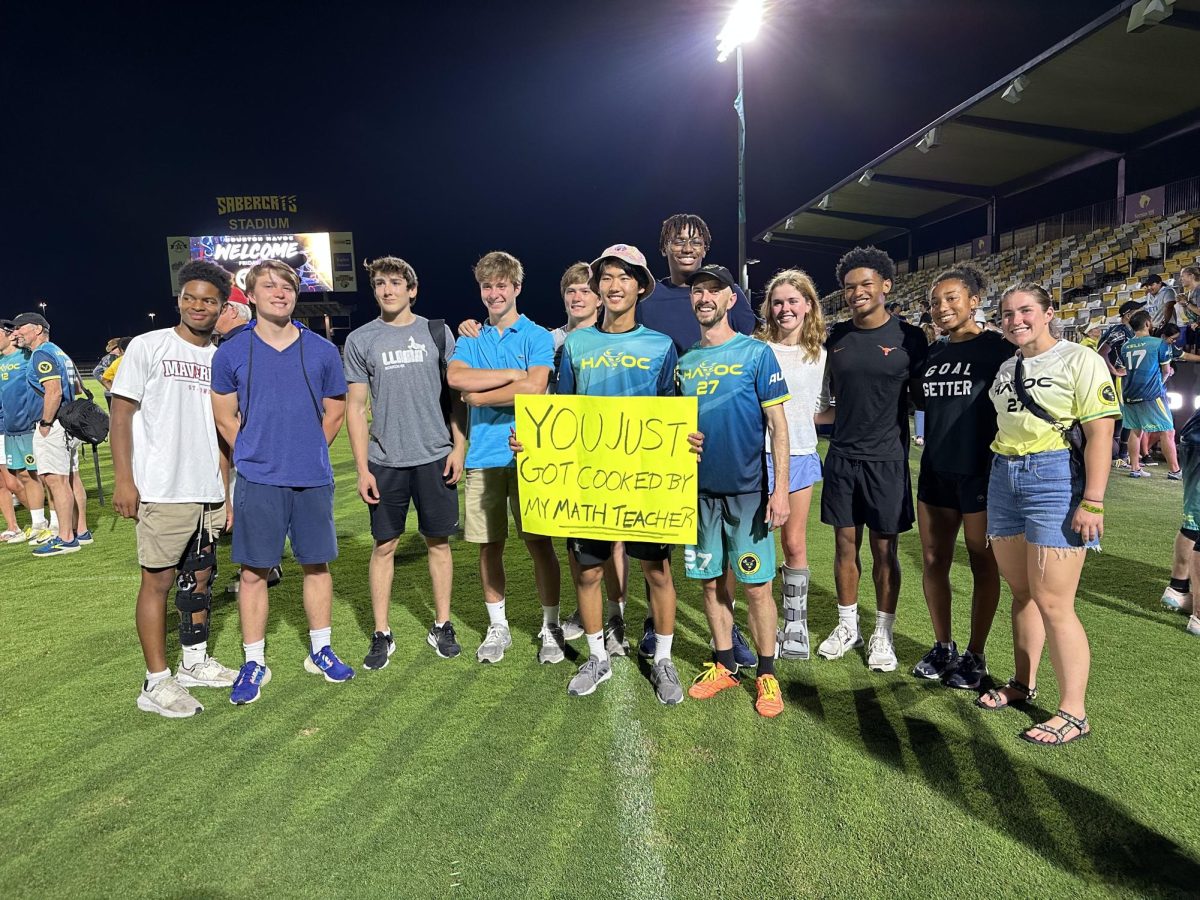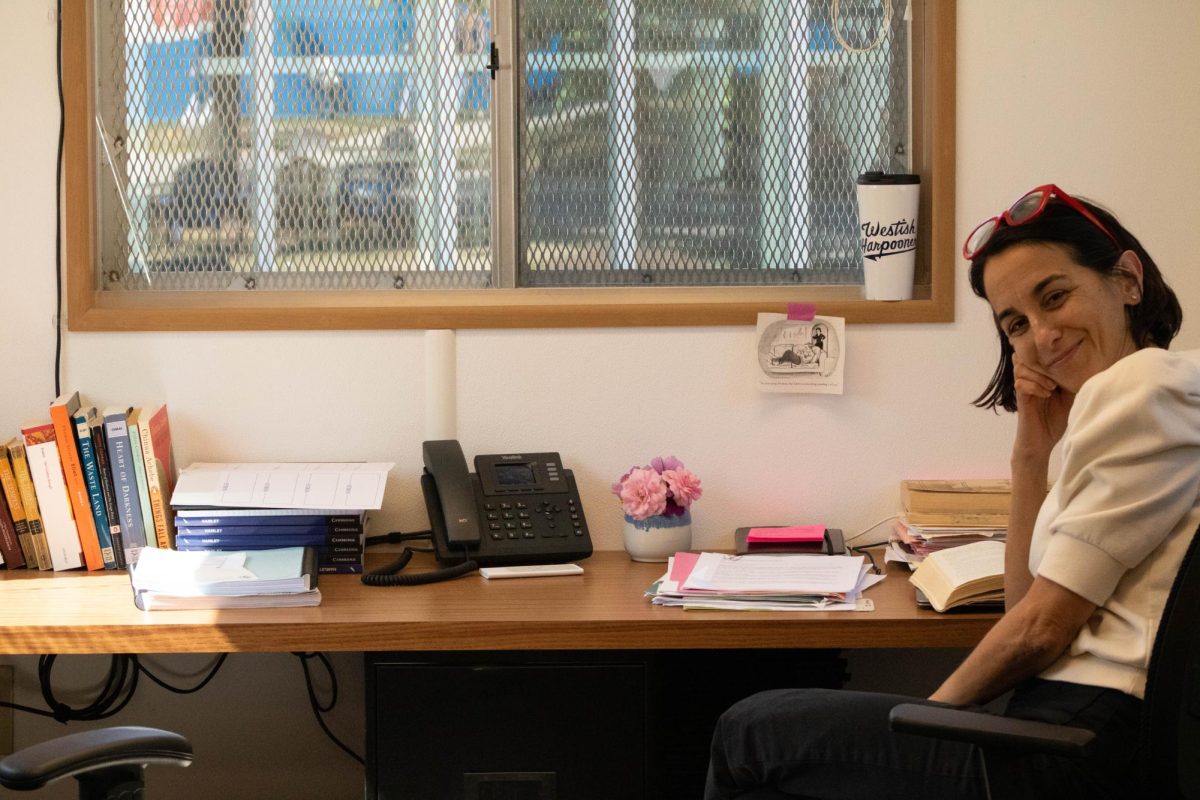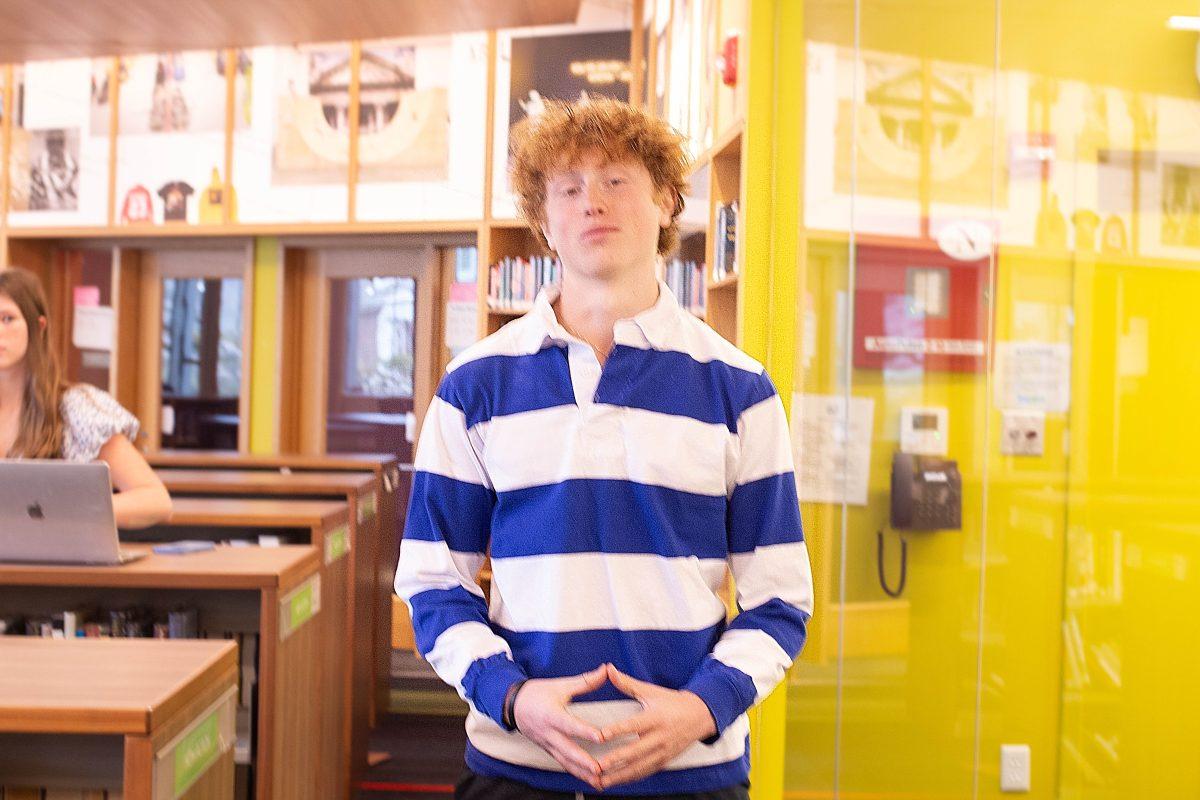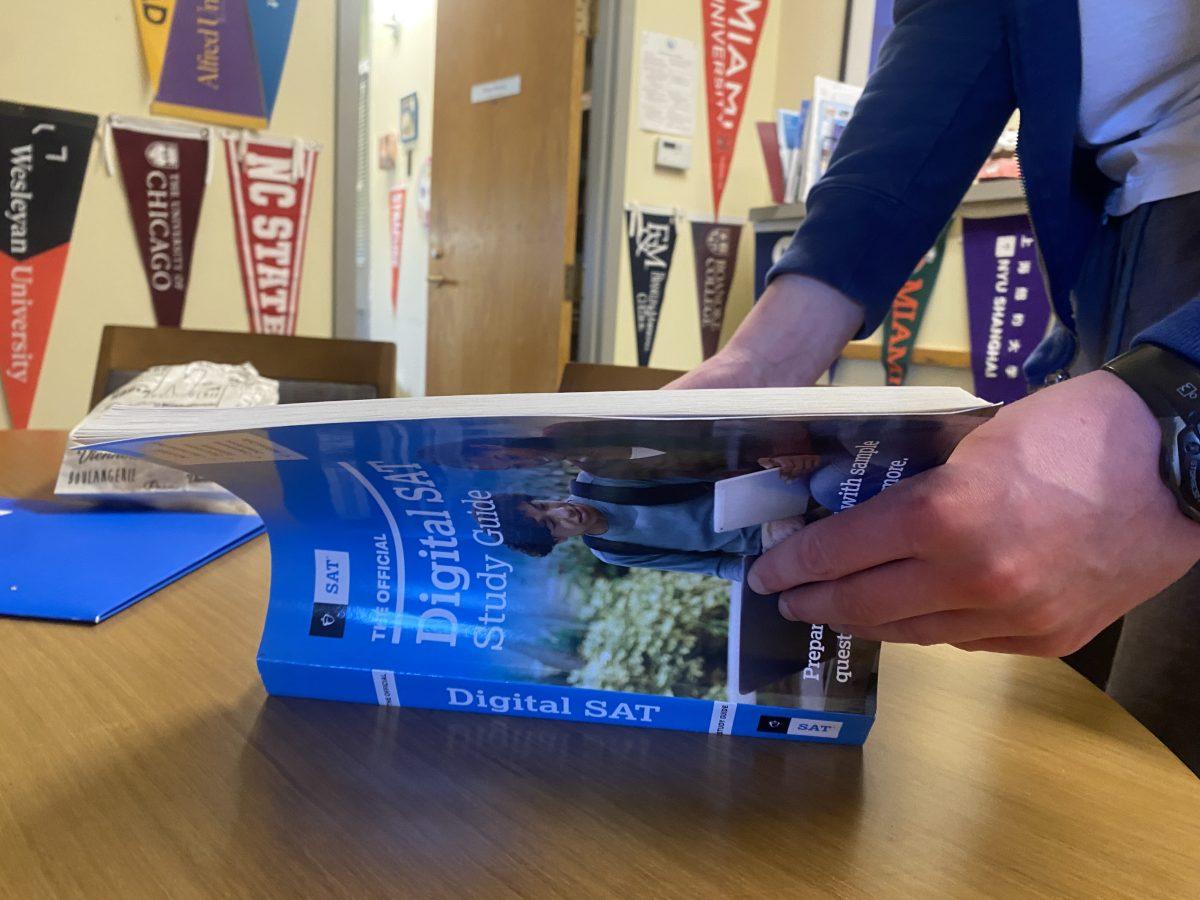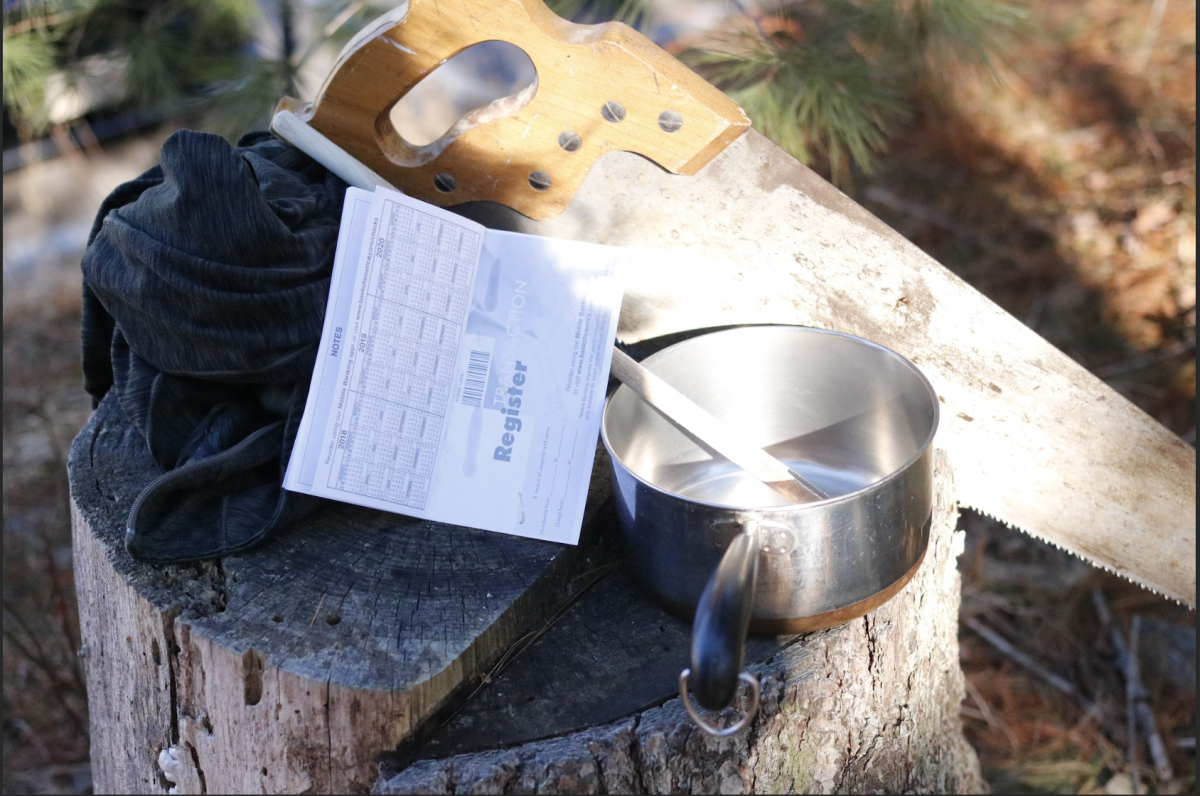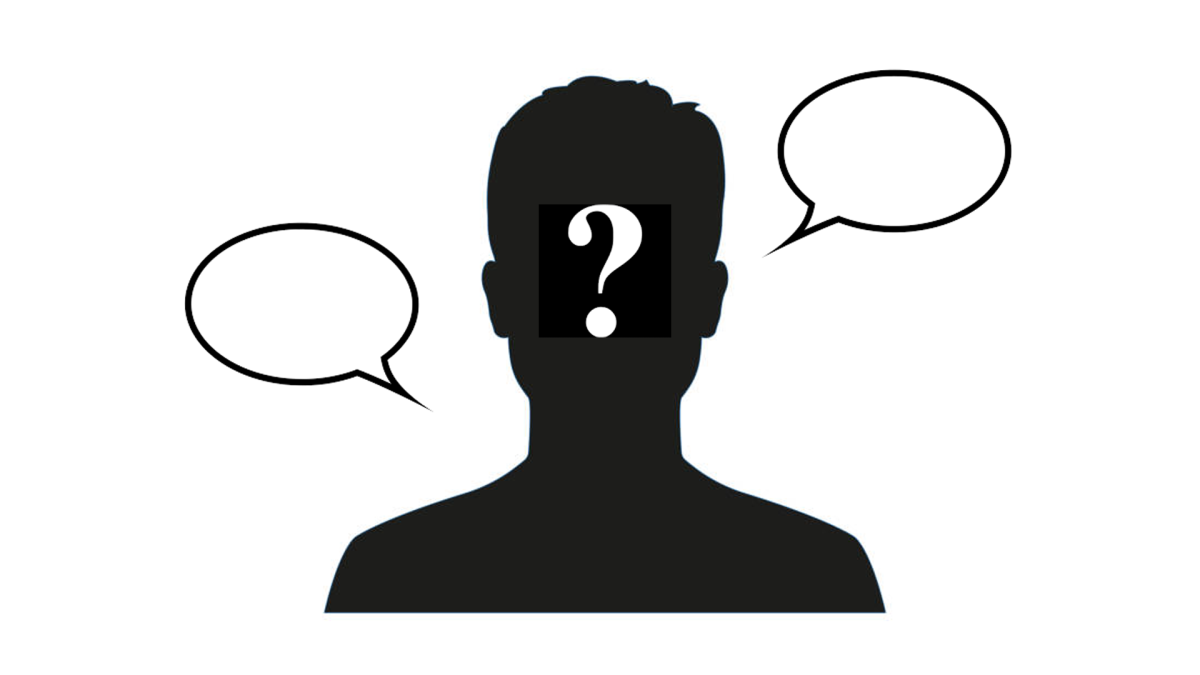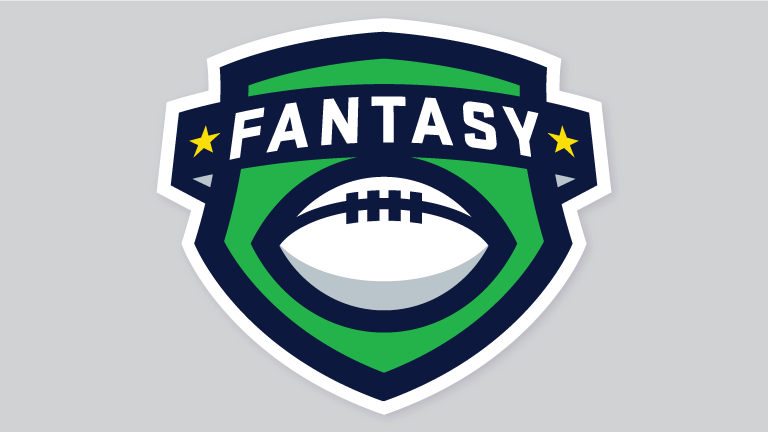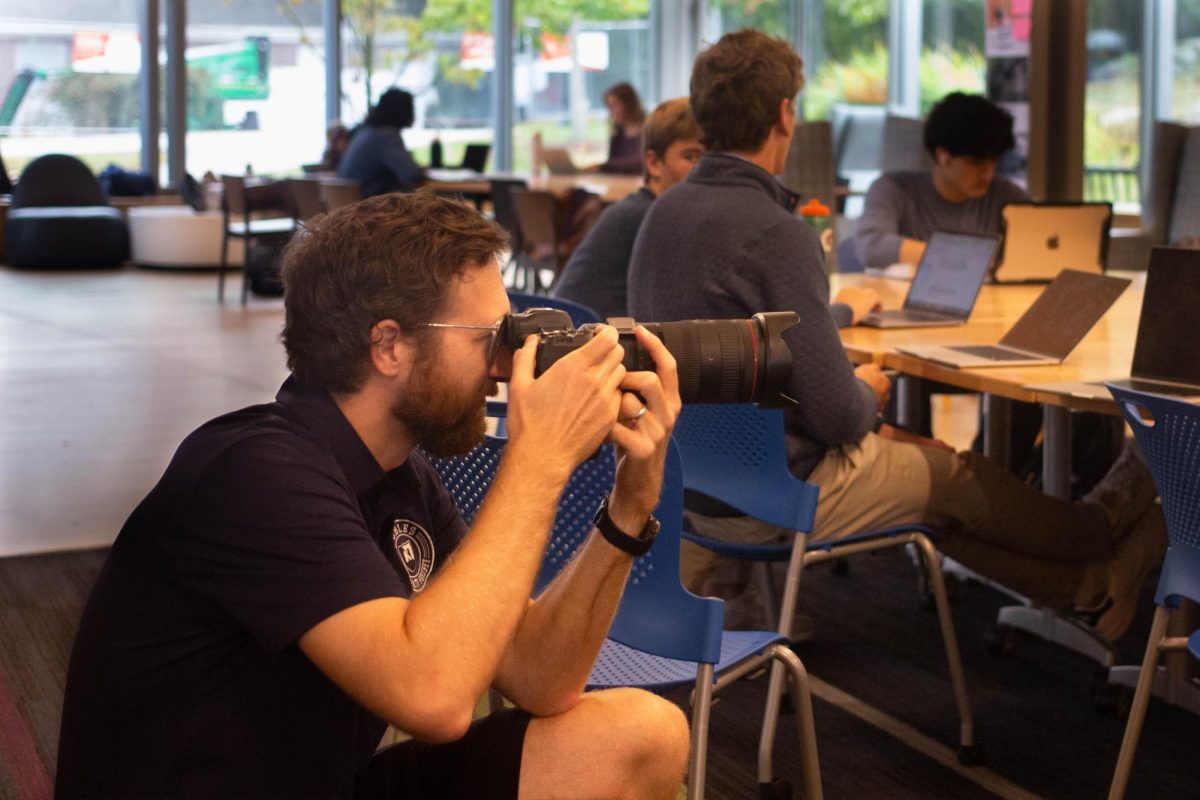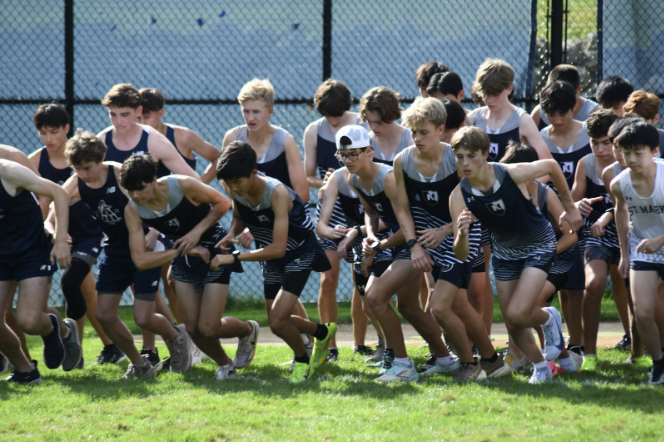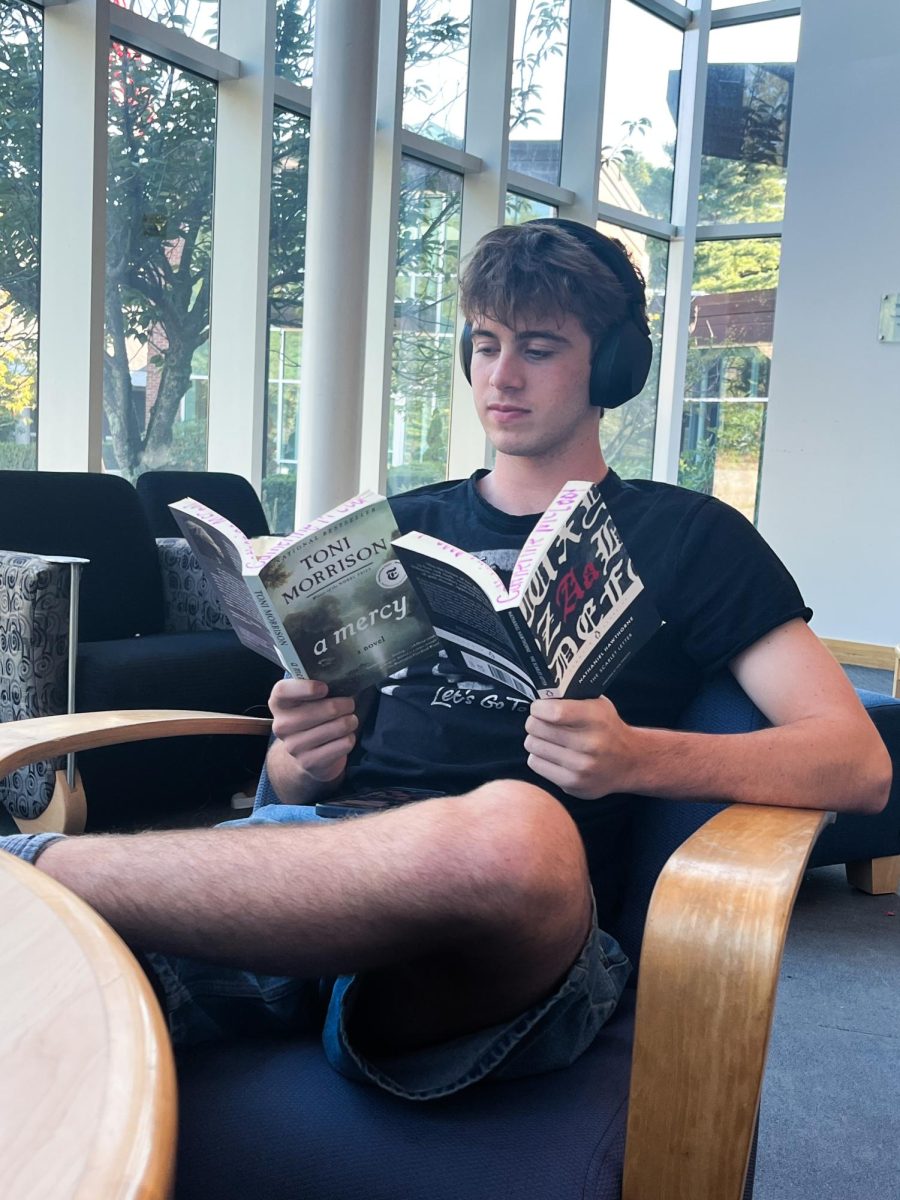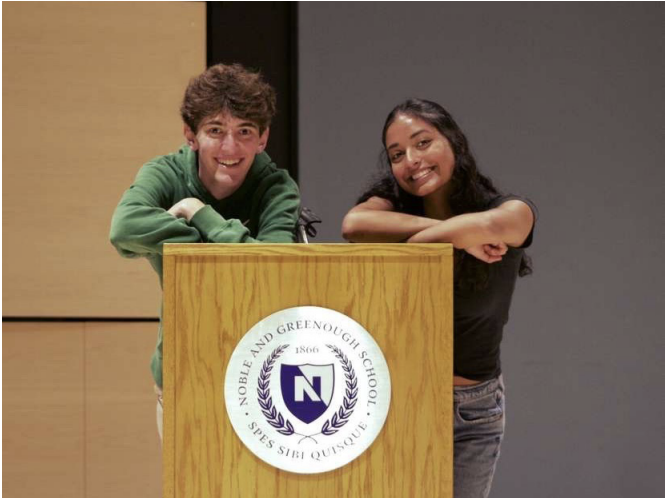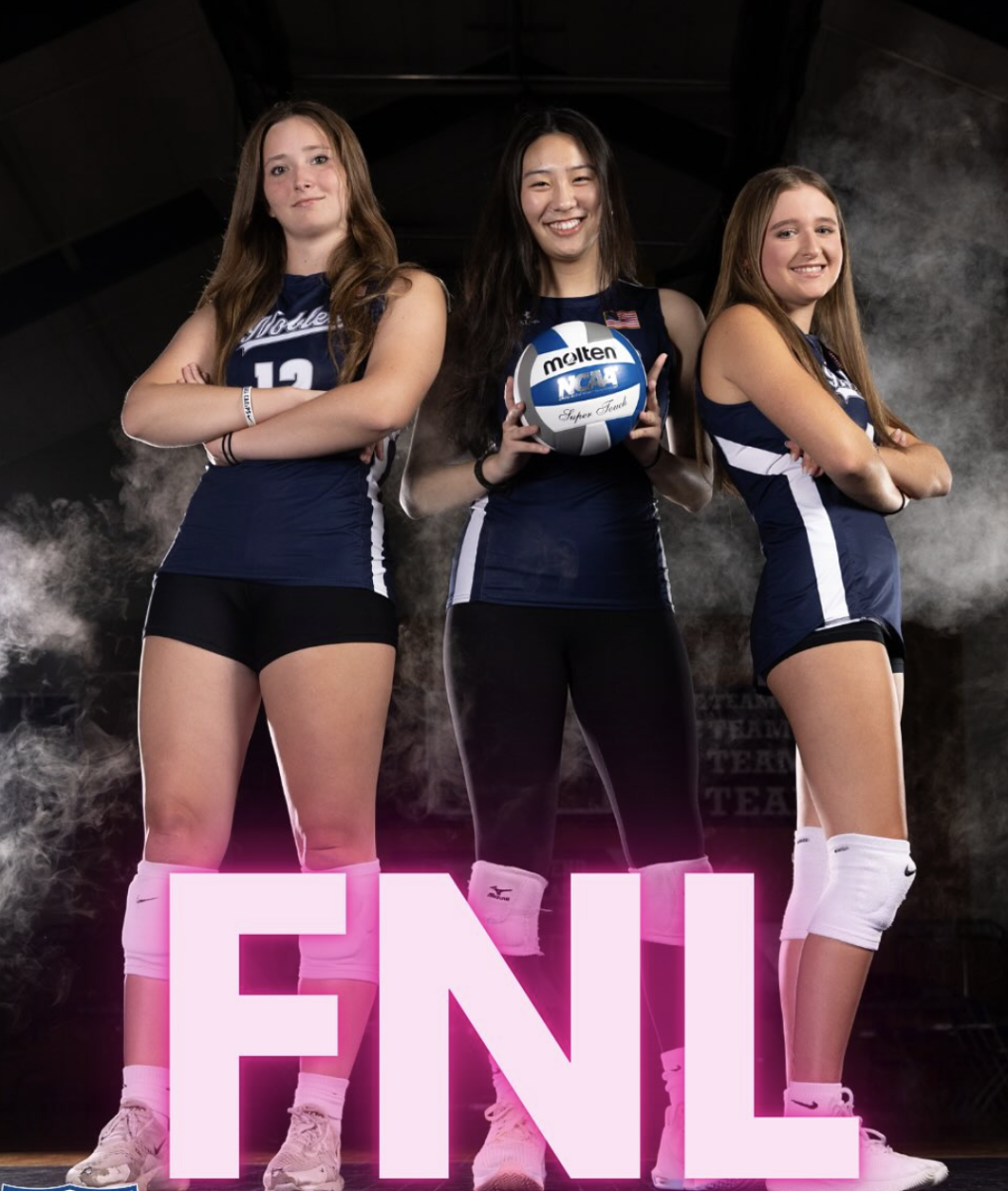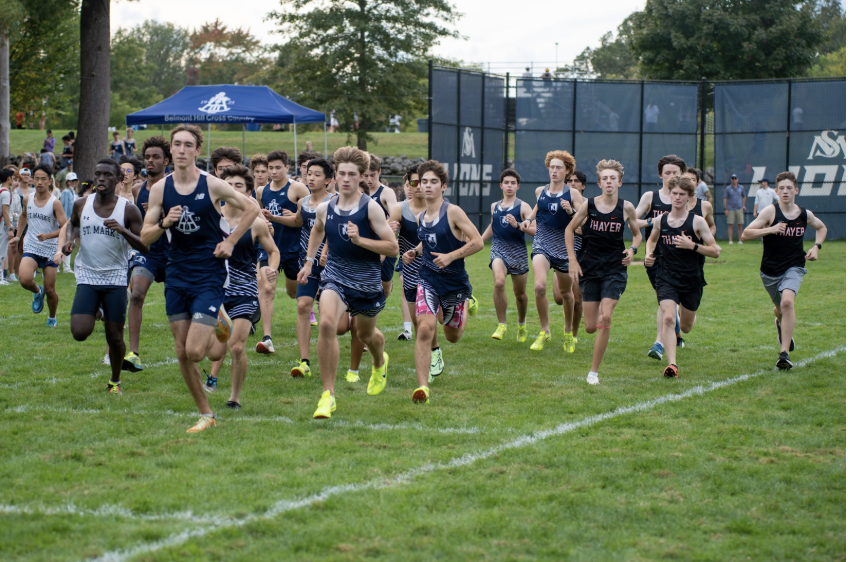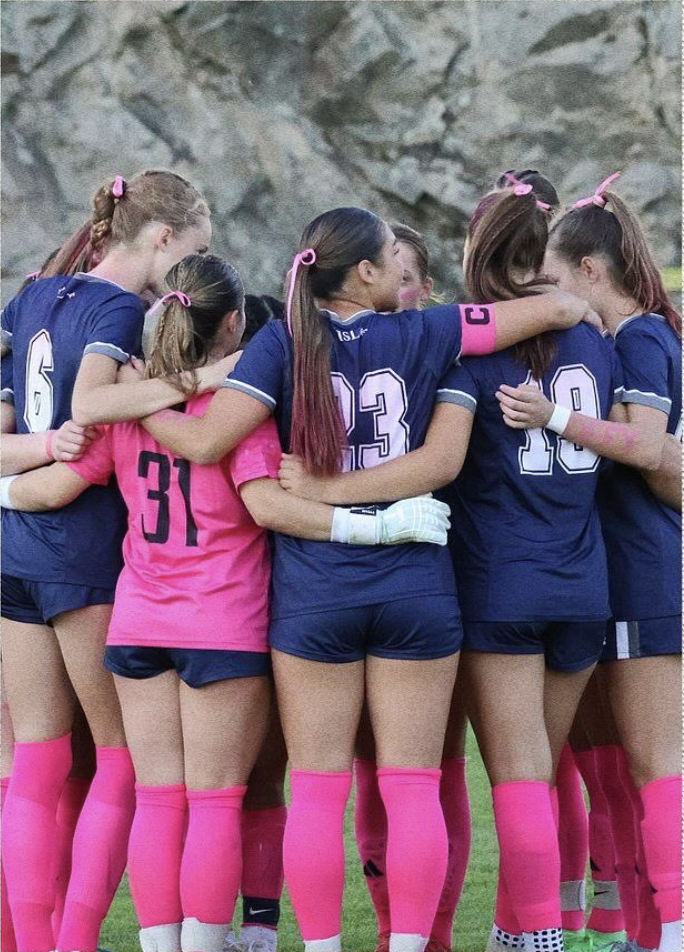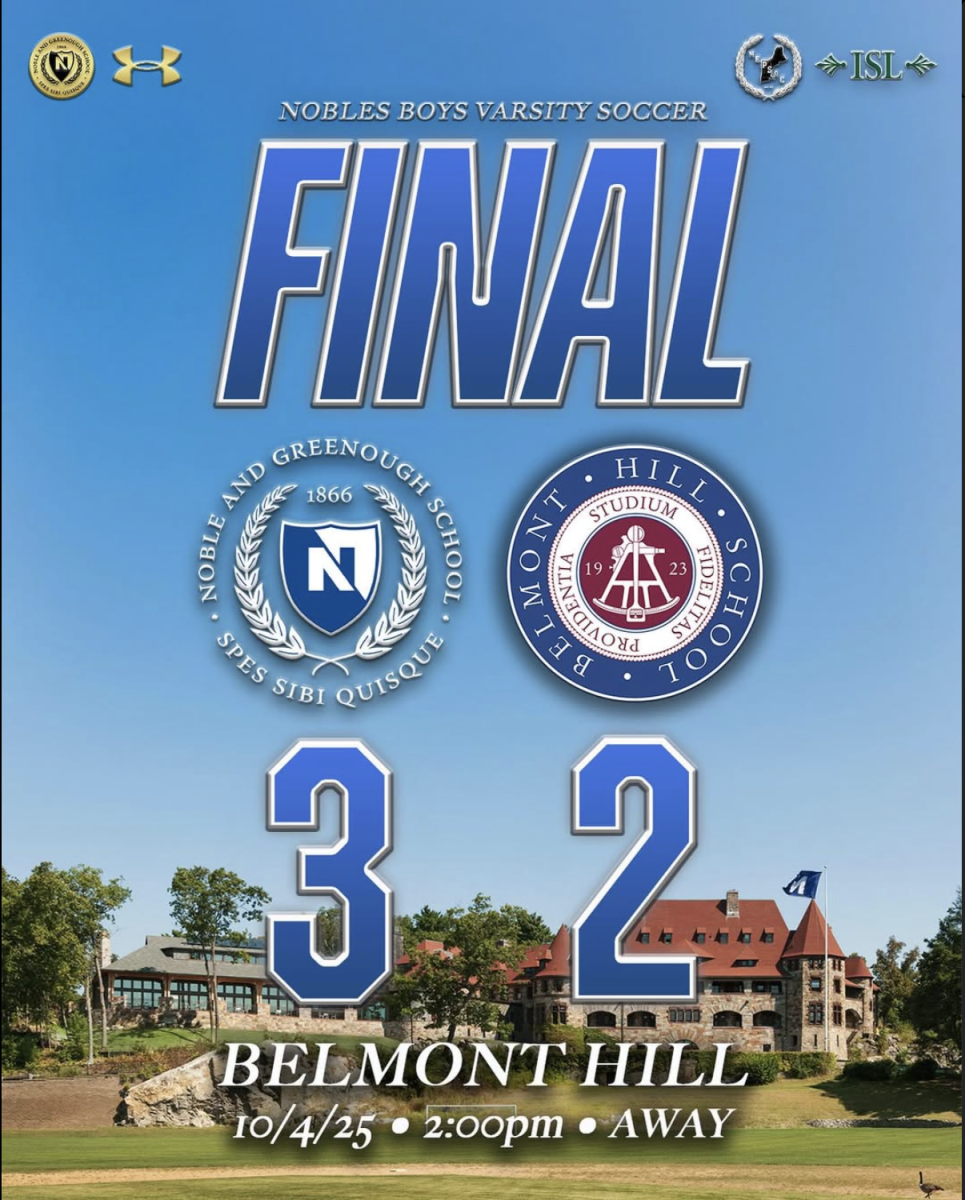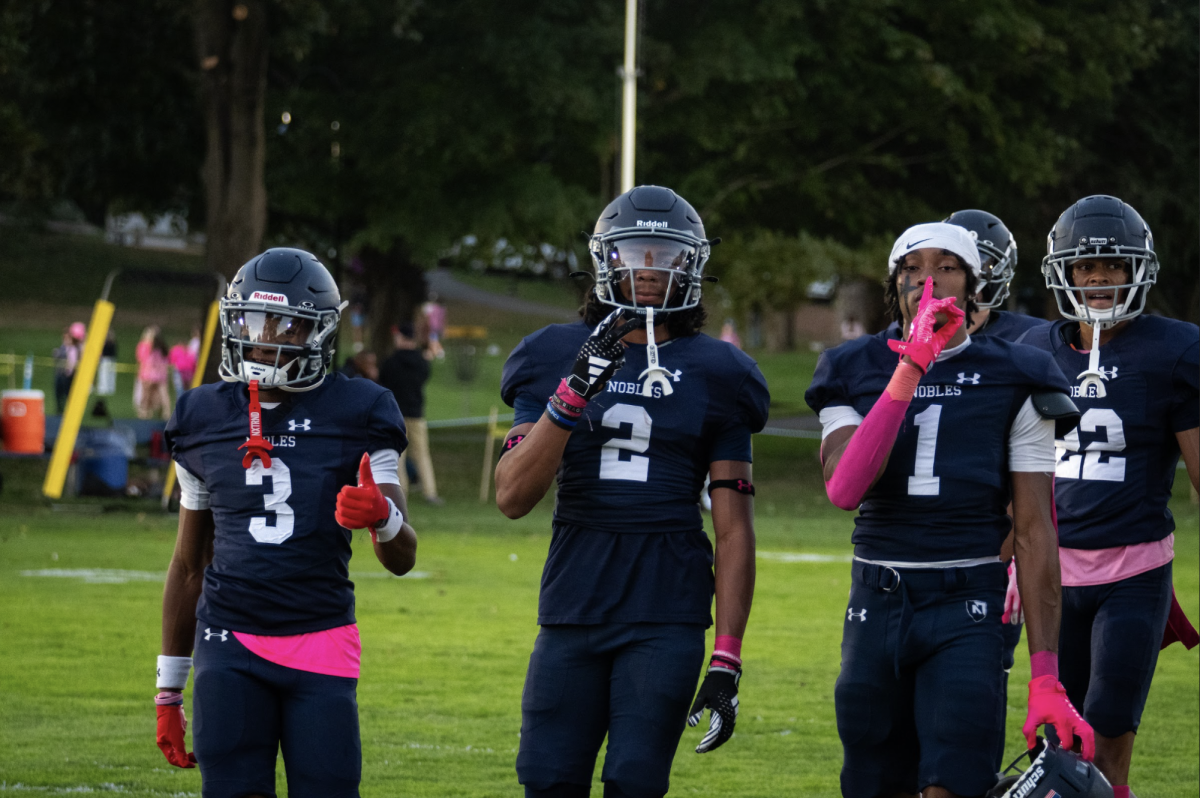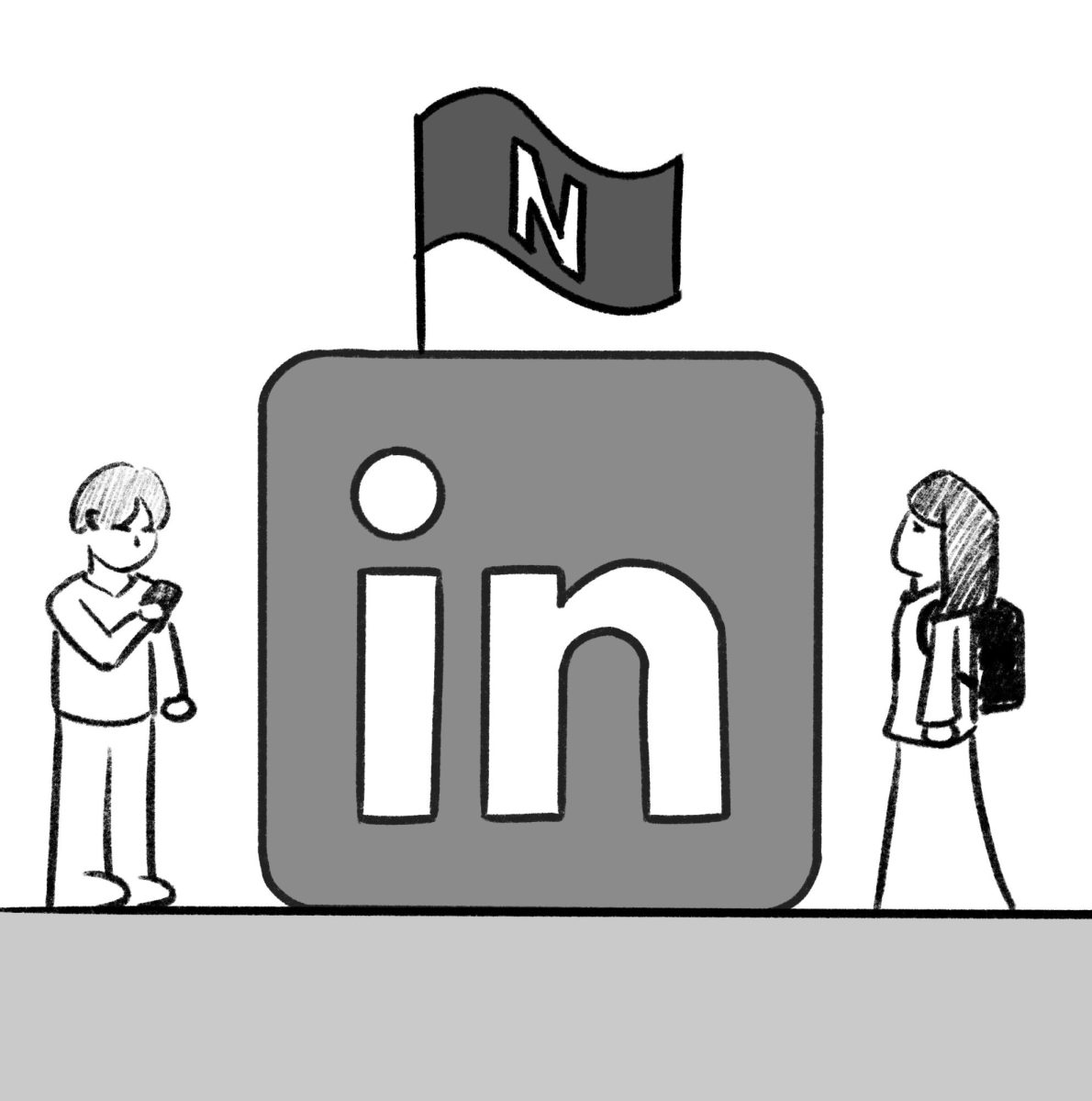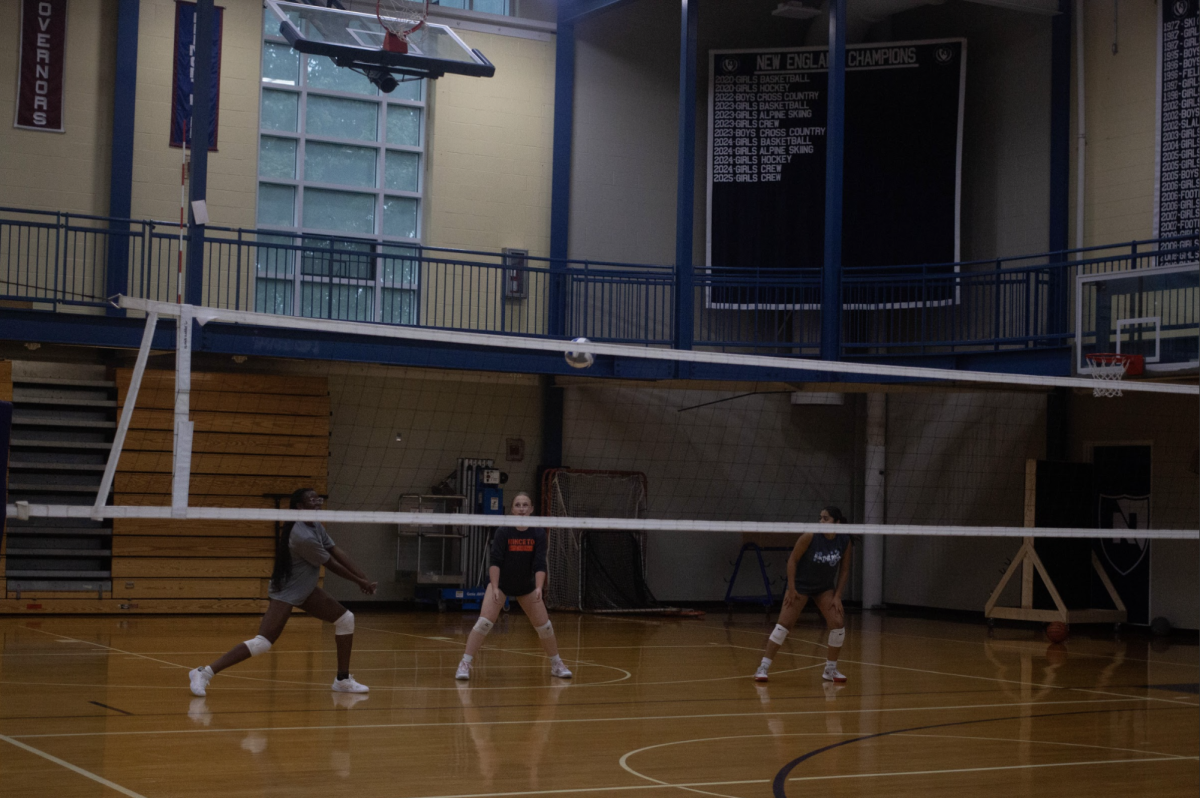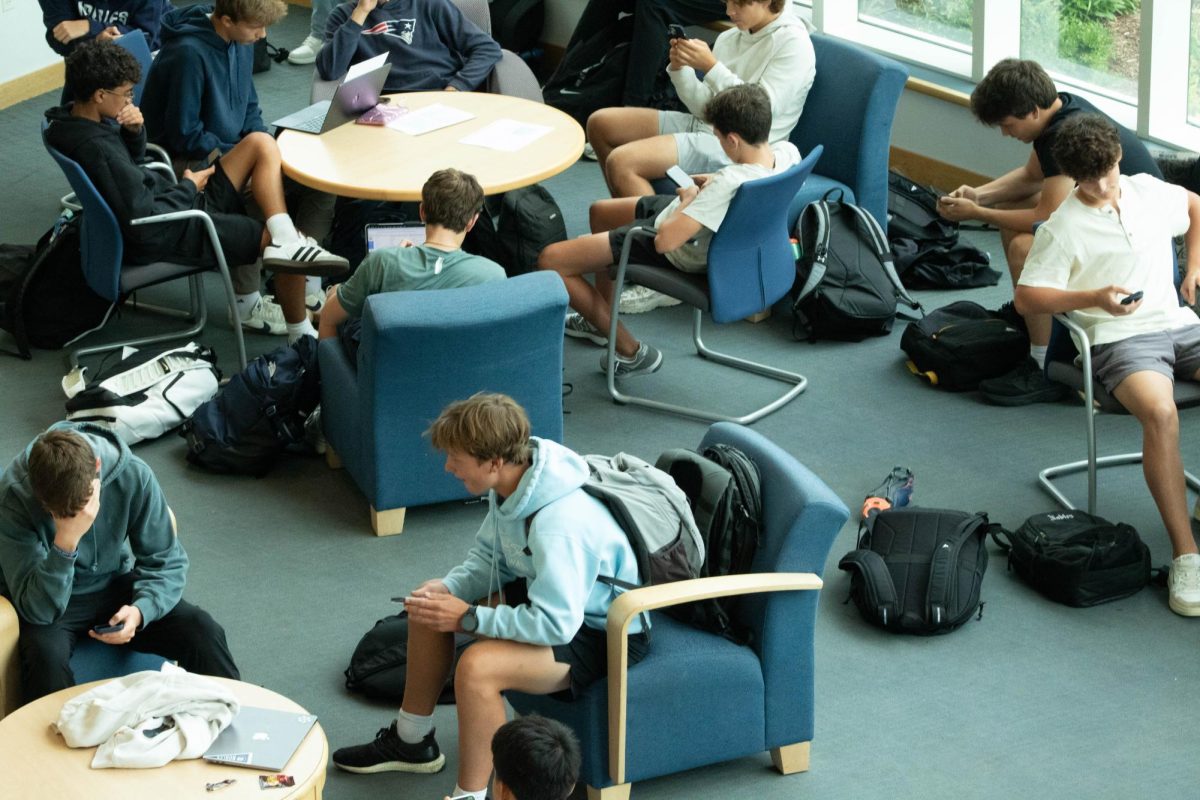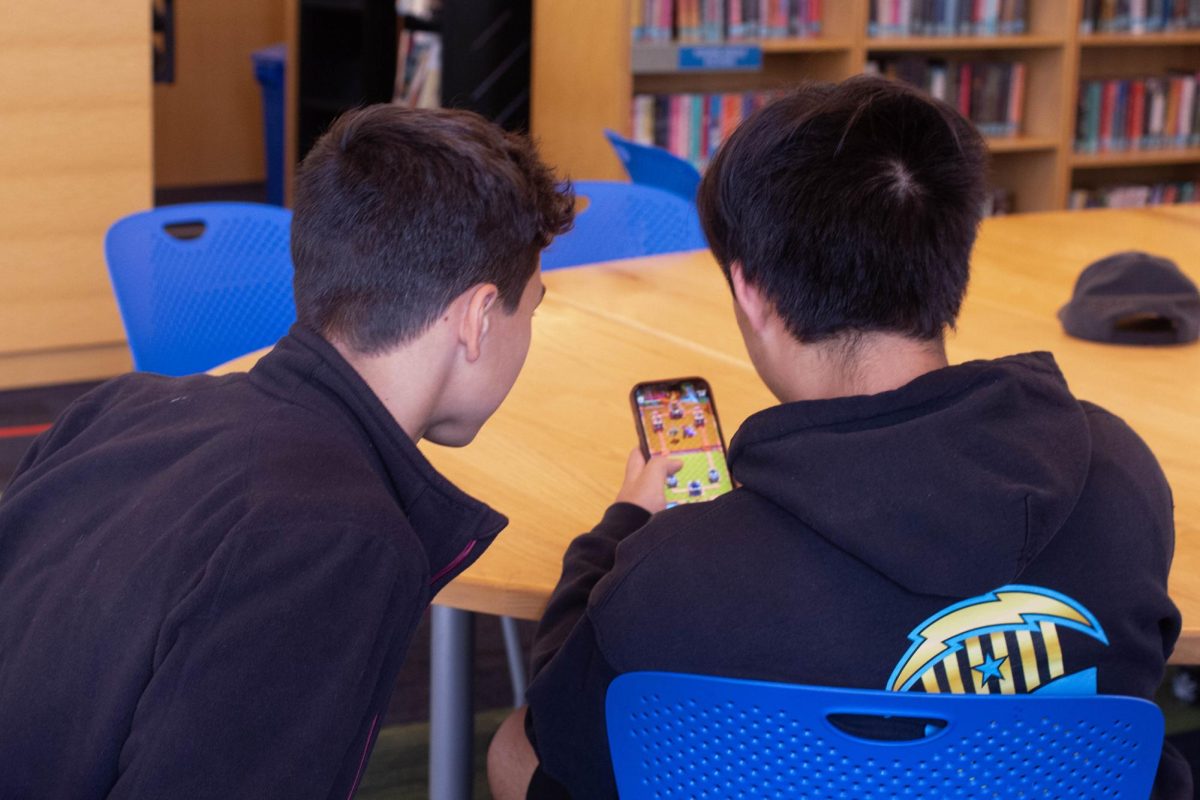Almost every upperclassman at Nobles has a LinkedIn account. Even some underclassmen have it, but not many understand how it works. LinkedIn is a social media platform primarily focused on professional networking and business. Ironically, while many students have it, they don’t have full-time jobs, nor are they very involved in corporate America. However, primary uses for those who do have LinkedIn include displaying resumés and searching for job opportunities. Beyond these primary uses, different students capitalize on various aspects of the app.
On LinkedIn, networking requires one to send ‘connection requests.’ When accepted, one can message the connections of the original person contacted, also known as second-degree connections. In fact, many students will connect with random Nobles graduates simply because they have connections to current students.
“I think the second-degree as well as first-degree connections are useful, especially with the graduates. The fact that we’ve had this shared experience of going to this school really does have a big impact. The opportunity to connect with people, not necessarily if you know them, is a good feature,” Serhan Marvi (Class I) said.
Networking is full of opportunities. It can lead to employment and internships, making LinkedIn a valuable resource for students.
“LinkedIn was how I found my first internship, and having a connection with the person before I applied was a lot of help. Doing coffee chats, trying to see what their experience is like, and getting to network with that person beforehand is really useful,” Chris Yoo (Class II) said. Furthermore, to optimize networking, students can also focus on their interests on LinkedIn.
“The things that I see on my LinkedIn feed from people I’m connected with are things that I genuinely think are interesting and cool,” Carina Grossman (Class I) said.
Beyond the typical LinkedIn experience, some students consider or even purchase the app’s Premium version. Through Premium, users can send messages to non-connected individuals, view who has viewed their profile, enhance their resumé, and access educational materials related to business. Despite the supposed benefits, there is contention over whether a Premium subscription is worthwhile for students.
“Realistically, it doesn’t make any sense for high school students, because the features of it are more suited towards people who are actively pursuing real-world jobs, rather than summer internships,” Grossman said.
Recently, LinkedIn has become more similar to other popular social media platforms, such as Instagram and TikTok.
“It’s like a professional’s social media, looking for likes and comments,” Chief Financial and Operating Officer Steve Ginsberg said.
On LinkedIn, one can scroll endlessly through short-form content about promotions and business mentality or chat with friends about jobs and internships. Despite having business-centered content, this format appears to target teenagers, as social media platforms catering to younger audiences often use similar content.
Subsequently, this could also blur the line between LinkedIn and other platforms.
“The objective of LinkedIn compared to Instagram is different. When you use Instagram, you’re using it to get closer to people you already know and see what they’re up to. The objective of LinkedIn, however, is to reach out to people you don’t know,” Chris Yoo (Class II) said.
Furthermore, LinkedIn has a corporate focus, and making it more similar to traditional social media may confuse that.
“[LinkedIn has] definitely evolved from what I understand to being like a social media platform where you share articles and stories, even if you’re not looking for a job,” Ginsberg said.
Among students, LinkedIn is a great tool. It makes networking easier as well as making job opportunities more available. Furthermore, if students are willing to pay for LinkedIn Premium, this can bolster those impacts, as well as offer wider utilities such as educational resources and messaging unconnected users. At the same time, LinkedIn is becoming more and more like a social media platform with additions like DMs, posts, and short-form content.

